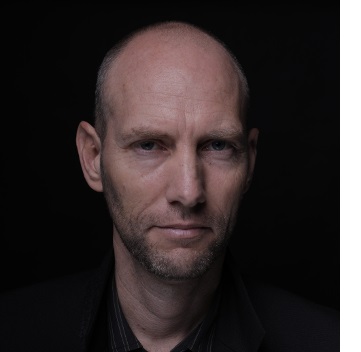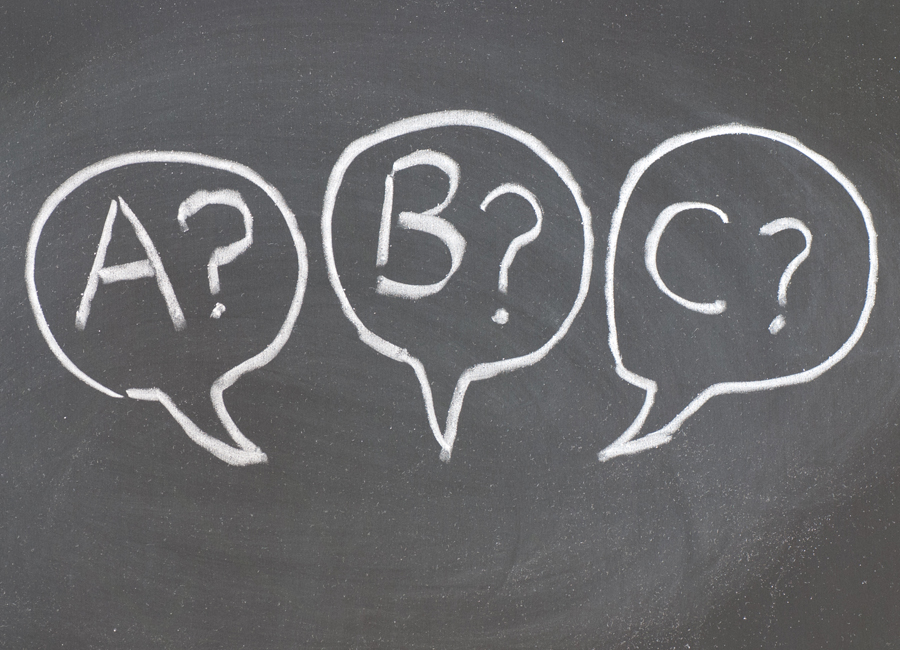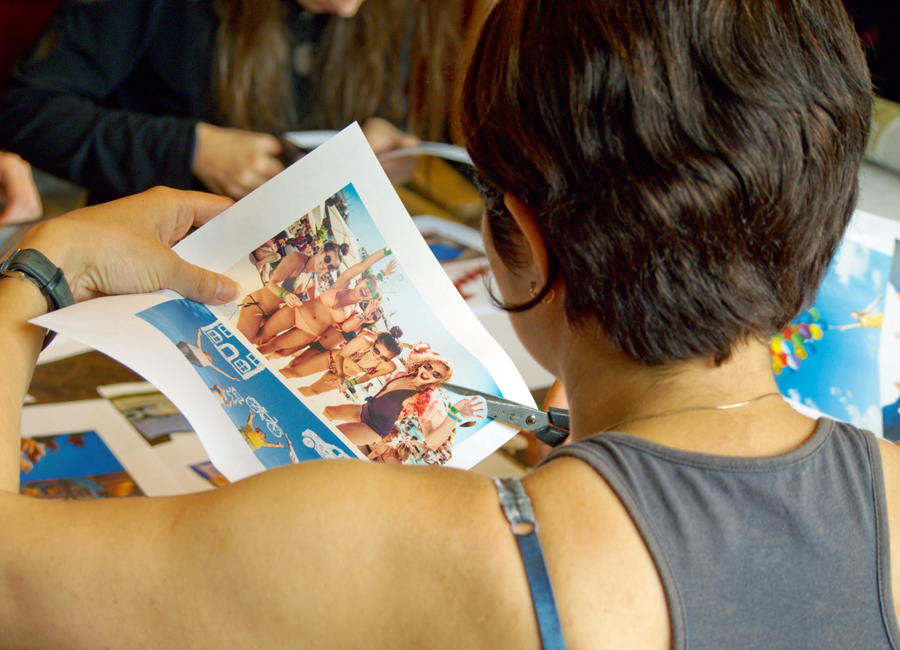 A writer from New Zealand identified by the bygone name moses.guru, had written about some mildly provocative concepts. In a nutshell, he is saying that we probably have no control over our lives, though we may think we do.
A writer from New Zealand identified by the bygone name moses.guru, had written about some mildly provocative concepts. In a nutshell, he is saying that we probably have no control over our lives, though we may think we do.
What’s your right way?
However, before we reveal some intriguing information, let’s guess what influences your perception. Please, while answering, choose the variant which seems the closest to you.
1. You are standing in a crowd. Suddenly, you hear a call for action. What will you do?
a) I will join a big group to have a sense of belonging. Perhaps, if the crowd is heading for something, it cannot be mistaken.
b) I will go away. There is nothing good staying in such places.
c) I will continue my way. It doesn’t matter what happens around me.

2. You friends tell you some negative information about your partner. What will you do?
a) I will make a heated row, because my friends proved he is guilty. I feel so angry!
b) I feel truly ashamed. Maybe, the friends were right, but I will prefer to forget about it.
c) I will speak openly with my partner without blaming and reproaching him, just outlining the situation and listening to his opinion.
3. You have decided to change specialty. Your partner tries to explain why this is a bad choice.
a) I won’t listen to any criticism and go ahead. Nobody knows what is best for me!
b) I will agree with my partner. It’s a pity I didn’t understand how ridiculous my idea was.
c) I will explain the reason for my choice and listen to objections of my partner. Then, I will think which criticism could do me a favor, correct my behavior and continue going.

If you have mostly chosen variant A, you feel that this world doesn’t accept you. Though you have a great will power that helps you go ahead, you opt for rather arrogant way. It seems that to protect yourself from manipulations, you will personally become a great manipulator.
Once your choice is B, you are quite an uncertain person. It is very easy to distract your attention and stop you on your way to the dream. You are quite susceptible to manipulations because you can easily feel guilty and wrong.
In case option C appears to sound the most reasonable for you, you have an objective mind. You see manipulations clearly; however, they are not able to hit your self-esteem. You know what you need and listen to others’ criticism to improve your skills.
Definitely, if you are worried how to stop being manipulated by others, you should develop such mindsets that lead to answers C in this quiz. How to do it? Let’s immerse into the theory of thoughts described in the books of Moses Guru.
Native Self Versus Intelligence
In his work, the writer boldly coined some rather unique terms to describe and clarify the key mechanisms of our brain, those are Native Self and Intelligent Self.
According to moses.guru, most, if not all of our thoughts are automatically produced by the Native Self, a component of the brain that is not immediately available to our consciousness. ‘I, whatever that means, don’t control the generation or timing of my thoughts, and everything I do is driven by those thoughts, those pieces of information’, he says. The writer describes the Native Self, where the amygdala resides, as a primary entity, holding the information and capacities we are born with. Some of it is influenced by our biological parents, and some by our own evolution.

The Intelligent Self, on the other hand, is a more modern brain component. The frontal lobe is associated with it, assisting with sophisticated tasks and more efficient reprogramming of the Native Self.
According to the writer, the Native Self and the Intelligent Self differ from traditional psychological terms, such as Conscious and Subconscious, because the former emphasizes the impact of their chronological order since existence. The Intelligent Self was created later on, and may not exist in reptiles, therefore it can not be controlling breathing or other native functions.
The Native Self, says the writer, is controlling the creation of thoughts, which in turn the body may transform into actions. Thoughts are not formed in a place while we are watching in a conscious state.
The author said, ‘I don’t pretend to fully understand how the mind works, but what I do know is that most of us, including some so-called professionals, completely misunderstanding the way people think and operate, this leads to false perception of reality. One of the reasons I write and advocate is to demonstrate that we got it wrong, and in order to change — we need to take a different approach’.
‘We are birds in a way, thinking we have a free will, that we are free to fly away, but it is not true. We are bound by the limits of our dictative mind, and that a thought is almost like an unrestrained, random at times, burst of information’.
Moses.guru claims that he interviewed many psychologists, psychiatrists and neuroscientists while writing, and that none disagreed whith this idea.

A bit of practice
If you want to check how your subconscious works, we propose you to try several techniques. As far as you know, invisible and untouchable form of our mind can listen to us. If we know the language to apply, we are able to set free boundless sources of our brain. However, not everybody knows that subconscious speaks at the language of images. Thus, to make it work for our benefit, we will need to use pictures in the following way.
1. This technique is amazing once you want to get answer for contradictory question.
- Take a set of magazines, A3 paper, scissors, clue and glitter. Switch on some classical music, close your eyes and try to get into the state of calmness.
- Articulate your question. For example, what should I do to find out a partner of my dream? Or, for instance, which actions do I have to take to become financially independent?
- Then, don’t allow yourself to think about that, just cut those pictures which you will like from the first sight. Put them into order that suits you best and clue on the paper. This is how you will receive a photo collage.
- Then, make a break for fifteen minutes as you need to get out of this subconscious condition.
- In a while, come back to your images, take a pencil or pen and write down all your feelings and thoughts which you get after looking to what you have just created.
- Writing down should take no more than twenty minutes. This time is enough to get an answer. Why does this technique work? Our subconscious knows the answer. Sometimes to solve really complicated problems, this method will take about four-five times.

2. The next approach is perfect for those who are in doubts or don’t know how to act in the future.
It is connected to body therapy and, again, applies to hidden resources of our brain about. The idea is that our body usually gives us solutions even if we are unsure what to do. It may be expressed through hear-beating, some unpleasant sensations or, if the situation is serious, such as short-term illness.
So, speak your dilemma out loud. For example, ‘I don’t know what is better, to stay at work I hate but it brings me good income, or to change it into riskier job position that inspires me more’.
Look through the images in the magazine and cut out those two pictures which seem the most appropriate.
To define which ones to choose, listen to your body, again. Intuition should work here. Think about which picture is going to stand for the main reason of your doubt and which will be the example of the opposite statement.
For example, black frame could mean stability of current work which doesn’t let you feel free, while sunny street could stand for the opportunities of the new job.
Then, put the pictures backwards on the floor so that you could not see the image. Stand up, and come closer to each picture. Be attentive towards the sensations in your body. Perhaps, you will feel unpleasant coldness standing near one of them, and desire to stay longer near the second one. Not looking at the image, choose the picture which attracted you more. Flip it over and see what your body has chosen. Then, it’s up to you to do what subconscious has told you or not.

